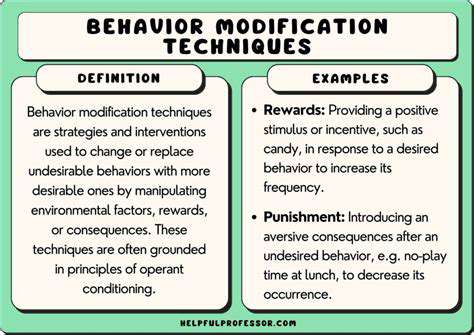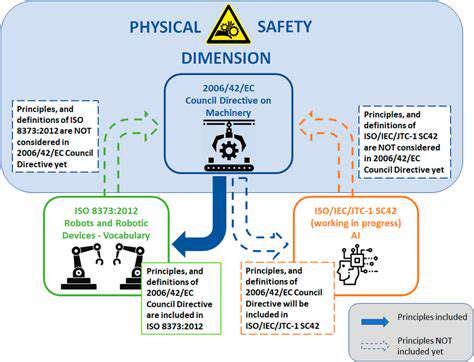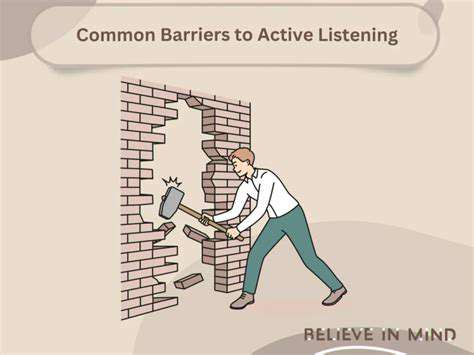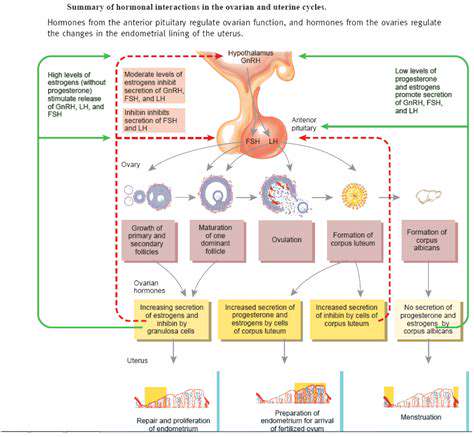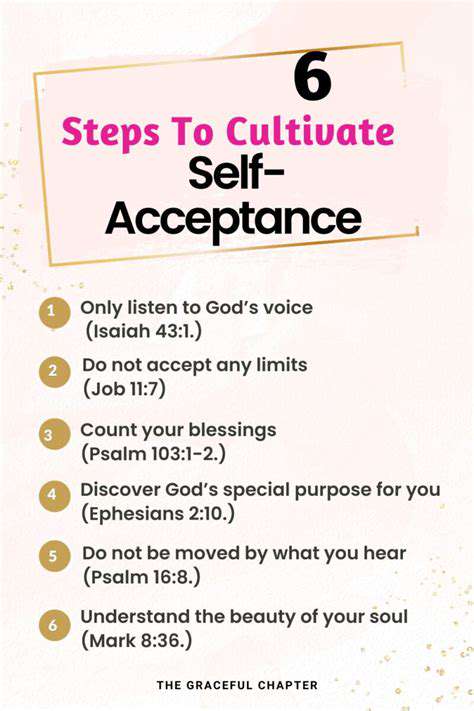Guide to Practicing Digital Minimalism for Mental Clarity
Ask yourself if you've accessed the file in the last year, or if it's a file you've only needed once or twice. If the answer is no, it might be time to consider discarding or archiving it.
Decluttering Your Email Inbox
An overflowing inbox is a common source of digital clutter. A well-managed email inbox contributes significantly to a more organized digital life. Establish clear rules for managing incoming emails, such as sorting them into appropriate folders and deleting unnecessary messages.
Unsubscribe from newsletters and promotional emails you no longer need. Implement a system for responding to or archiving emails, preventing them from accumulating further.
Managing Online Accounts
Review and evaluate all your online accounts. Identify and delete accounts you no longer use or need. This includes social media accounts, online shopping accounts, and other services you've forgotten about. This systematic approach to managing your online footprint can significantly reduce digital clutter.
Consider consolidating accounts or linking relevant accounts to improve efficiency and reduce the number of logins you need to manage.
Utilizing Cloud Storage Effectively
Cloud storage can be a valuable tool for organizing and managing files, but it can also become a repository for clutter if not used effectively. Establish clear naming conventions and folder structures for your cloud storage. This ensures that you can easily locate files when needed.
Regularly review and purge unnecessary files from your cloud storage, maintaining a clean and organized digital environment. Be mindful of the storage space you're using and actively manage your cloud storage accounts for optimal efficiency.
Automating Decluttering Tasks
Utilize automation tools to streamline the decluttering process. This could involve setting up filters for your email inbox or scheduling regular backups and archiving of files. Automation can significantly reduce the time and effort required for maintaining a clean digital environment.
Consider using software or plugins that can automatically organize your files or delete outdated data. These tools can significantly simplify the decluttering process and maintain a streamlined and organized digital space.
Curating Your Digital Toolkit
Choosing Your Tools
Selecting the right digital tools is crucial for effective digital minimalism. Instead of trying to manage everything at once, identify the specific applications and platforms that are essential for your work, communication, and personal needs. This involves careful consideration of the features offered, the potential for distraction, and the overall impact on your focus and productivity. Avoid the temptation to accumulate tools simply because they're available; focus on the tools that truly support your goals.
Consider the value proposition of each tool. Does it genuinely enhance your workflow, or does it introduce unnecessary complexity? A spreadsheet might be ideal for managing your finances, while a specialized project management tool could be necessary for complex tasks. Evaluating tools based on their necessity and efficiency is key to a streamlined digital environment.
Managing Notifications
Notifications are a major source of digital distraction. Understanding how notifications work on different platforms and tailoring your settings to minimize interruptions is a vital step in curating a more focused digital environment. Disable unnecessary alerts and prioritize essential notifications, such as urgent emails or important messages from trusted contacts.
Think about the frequency and nature of your notifications. Constant pings and chimes can disrupt your concentration and contribute to a sense of overwhelm. A thoughtful approach to managing notifications can greatly improve your mental well-being and focus. Be mindful of how these small interruptions impact your overall productivity and emotional state.
Curating Your Social Media Presence
Social media can be a powerful tool for connection, but it can also be a significant source of distraction and comparison. Curating your social media presence involves strategically deciding which platforms to use and how frequently to engage with them. Limit your time on social media platforms and prioritize meaningful interactions over superficial engagement.
Identify the specific benefits and drawbacks of each social media platform you use. Does it contribute to your well-being, or does it foster negativity and comparison? Be honest with yourself about the impact of these platforms on your mood, focus, and overall mental state. Consider unfollowing accounts that are consistently triggering or unproductive.
Prioritizing Email Management
Email can quickly become overwhelming if not managed effectively. Developing a system for categorizing, prioritizing, and responding to emails is essential for minimizing digital clutter and maintaining a clear workflow. Establish specific times for checking and responding to emails, and use filters and folders to categorize messages effectively.
Consider using email management tools or techniques to help you stay organized. Learn to use the snooze function to address less urgent messages later. Set aside dedicated time slots for email management, and avoid constantly checking your inbox throughout the day.
Optimizing Your Workspace
Your physical workspace plays a significant role in your digital experience. Creating a dedicated workspace free from distractions can help you maintain focus and minimize the temptation to engage with non-essential digital tools. This may include minimizing visual clutter, designating specific areas for different tasks, and ensuring comfortable ergonomics.
Think about how your workspace affects your mental state. Does it promote relaxation and focus, or does it contribute to a sense of overwhelm and anxiety? By creating a productive and calming environment, you can better control your digital interactions and maintain a sense of calm.
Utilizing Productivity Tools
Implementing productivity tools can streamline your workflow and help you stay organized. These tools can range from task management apps to calendar applications that help you schedule tasks and appointments. By effectively using these tools, you can minimize the need for constant checking of various digital platforms.
Explore different productivity tools and find the ones that best suit your workflow. Don't be afraid to experiment with different approaches until you discover the system that helps you stay focused and productive without feeling overwhelmed by the digital world. Consider using tools to automate repetitive tasks or consolidate information to reduce your reliance on multiple platforms.
Review and Refine Your Digital Toolkit
Regularly review and refine your digital toolkit. Assess which tools are truly essential and which ones are adding unnecessary complexity. This ongoing process of evaluation is crucial for maintaining a streamlined and effective digital environment. Be willing to remove tools that aren't serving a purpose or are leading to distractions.
Periodically take stock of your digital tools and their impact on your well-being. Are you feeling more focused and productive, or are you still feeling overwhelmed? Adjust your approach as needed to maintain a healthy balance between your digital and physical life.
A cluttered bathroom can quickly become a breeding ground for stress and a source of lost productivity. Taking the time to declutter this often-overlooked space can have a significant impact on your overall well-being. By streamlining your bathroom routine and eliminating unnecessary items, you can create a more calming and functional environment. This process doesn't have to be daunting; with a few simple steps, you can transform your bathroom into a spa-like retreat or a more organized and efficient space.
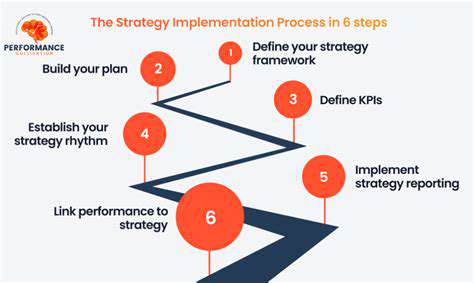
Integrating Mindfulness and Self-Awareness

Cultivating Present Moment Awareness
Mindfulness, at its core, is the practice of intentionally focusing on the present moment without judgment. This involves observing your thoughts, feelings, and bodily sensations as they arise, without getting carried away by them. Developing this present moment awareness is a crucial first step in integrating mindfulness into your life. It's about noticing the subtle nuances of your experience, from the sensation of the air on your skin to the rhythm of your breath, without trying to change or control them.
Through consistent practice, you begin to recognize patterns in your thoughts and emotions. This recognition can lead to a greater understanding of yourself and your reactions, paving the way for greater emotional regulation and resilience.
Understanding the Role of Self-Compassion
Self-compassion is an integral component of mindfulness practice. It involves treating yourself with the same kindness and understanding that you would offer a friend facing adversity. When you experience difficult emotions or make mistakes, self-compassion allows you to acknowledge these experiences without judgment or self-criticism. This approach fosters a sense of connection and acceptance, which is vital for emotional well-being.
Mindful Movement and Physical Sensations
Mindfulness extends beyond the realm of thoughts and emotions. It encompasses the physical sensations in your body. Paying attention to your posture, the weight of your body, and the subtle shifts in your muscles can provide a deeper connection to the present moment. Connecting with your physical self enhances self-awareness.
Mindful movement practices like yoga and tai chi are excellent tools for integrating these principles. By focusing on the sensations of your body in motion, you cultivate a deeper understanding of your physical and emotional state.
Managing Stress and Anxiety with Mindfulness
Stress and anxiety are common challenges in modern life. Mindfulness techniques provide a powerful toolkit for managing these experiences. By focusing on your breath and bodily sensations, you can anchor yourself in the present moment and detach from the anxieties that often arise from ruminating on the past or worrying about the future. Mindfulness practices can help reduce the intensity of stress responses and cultivate a greater sense of calm.
Improving Focus and Concentration
In today's fast-paced world, maintaining focus and concentration is often a significant challenge. Mindfulness exercises, like focused attention on breath or sounds, can cultivate your ability to maintain a calm and attentive state. Consistent practice strengthens your ability to resist distractions and stay present in the moment, which is essential for productivity and well-being. These techniques can improve not only your focus but also your ability to fully engage with tasks and activities.
Integrating Mindfulness into Daily Life
The benefits of mindfulness extend far beyond formal meditation sessions. Integrating mindfulness principles into your daily routine—from mindful eating to mindful interactions with others—can significantly impact your overall well-being. This integration can lead to a greater appreciation for the present moment, fostering a more fulfilling and balanced life. Small, conscious acts of mindfulness throughout your day can significantly enhance your overall experience and emotional stability.
